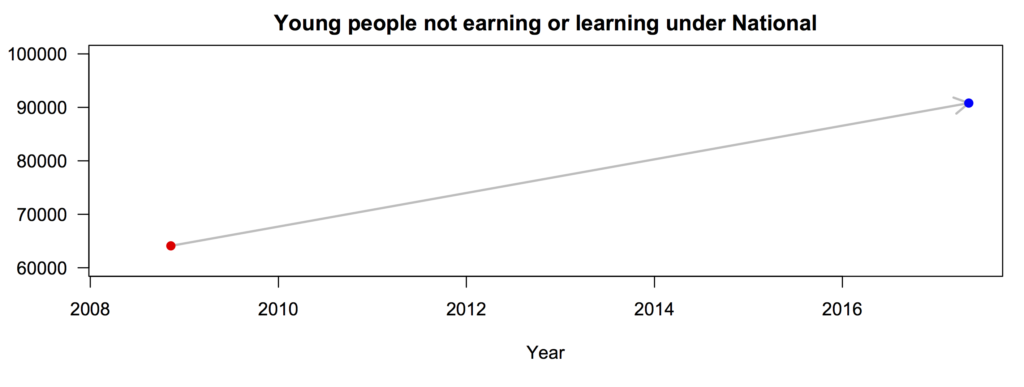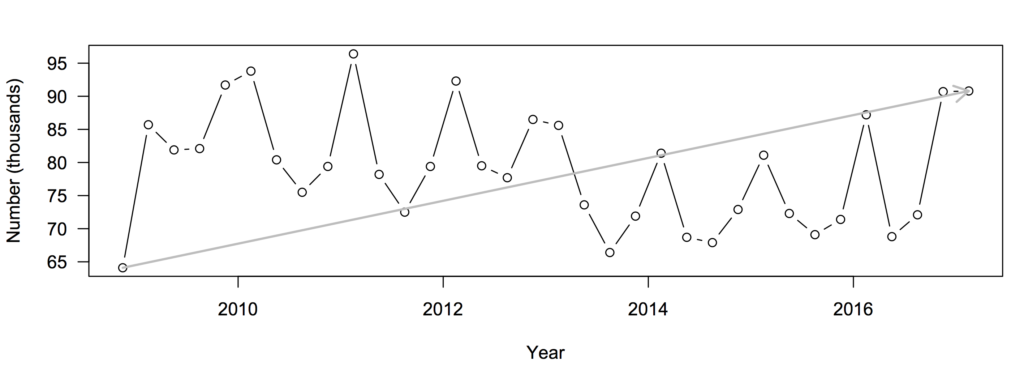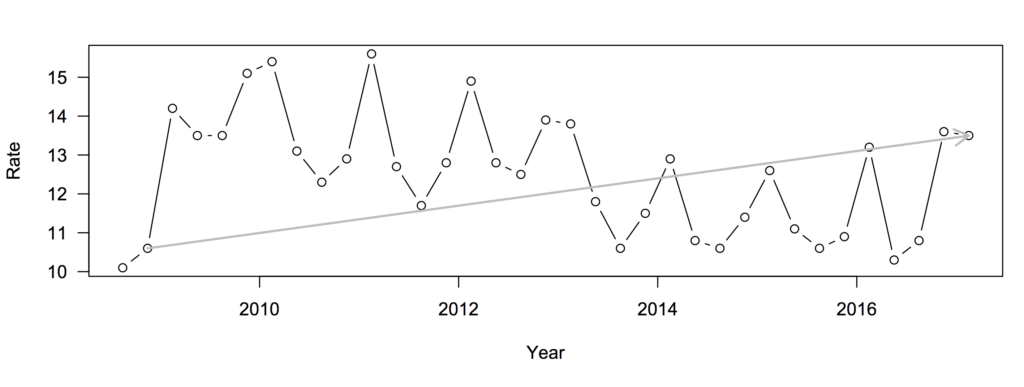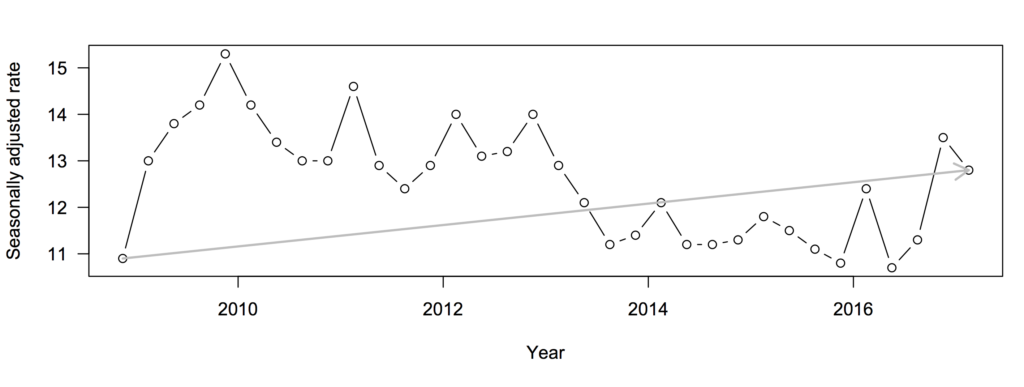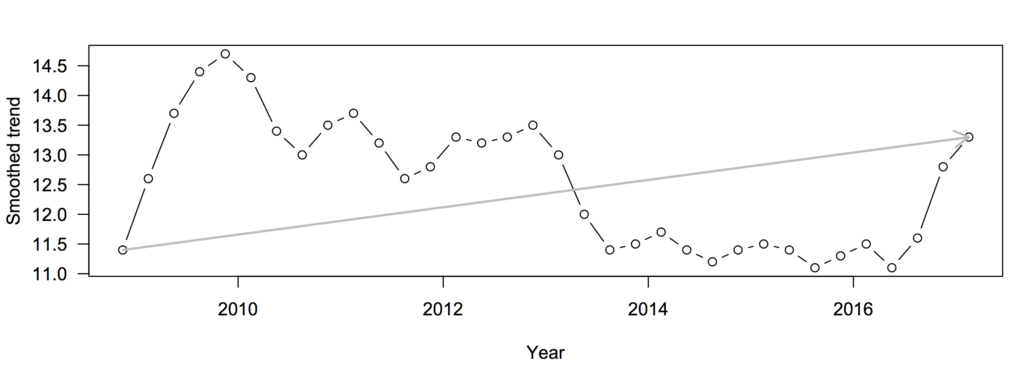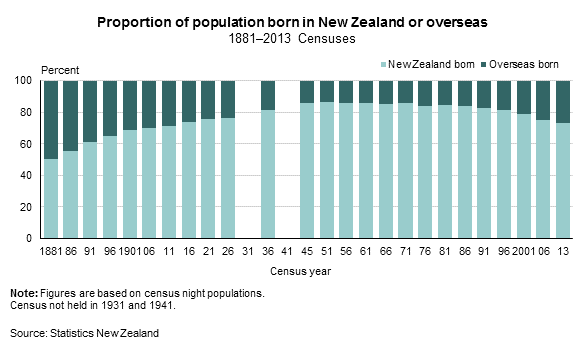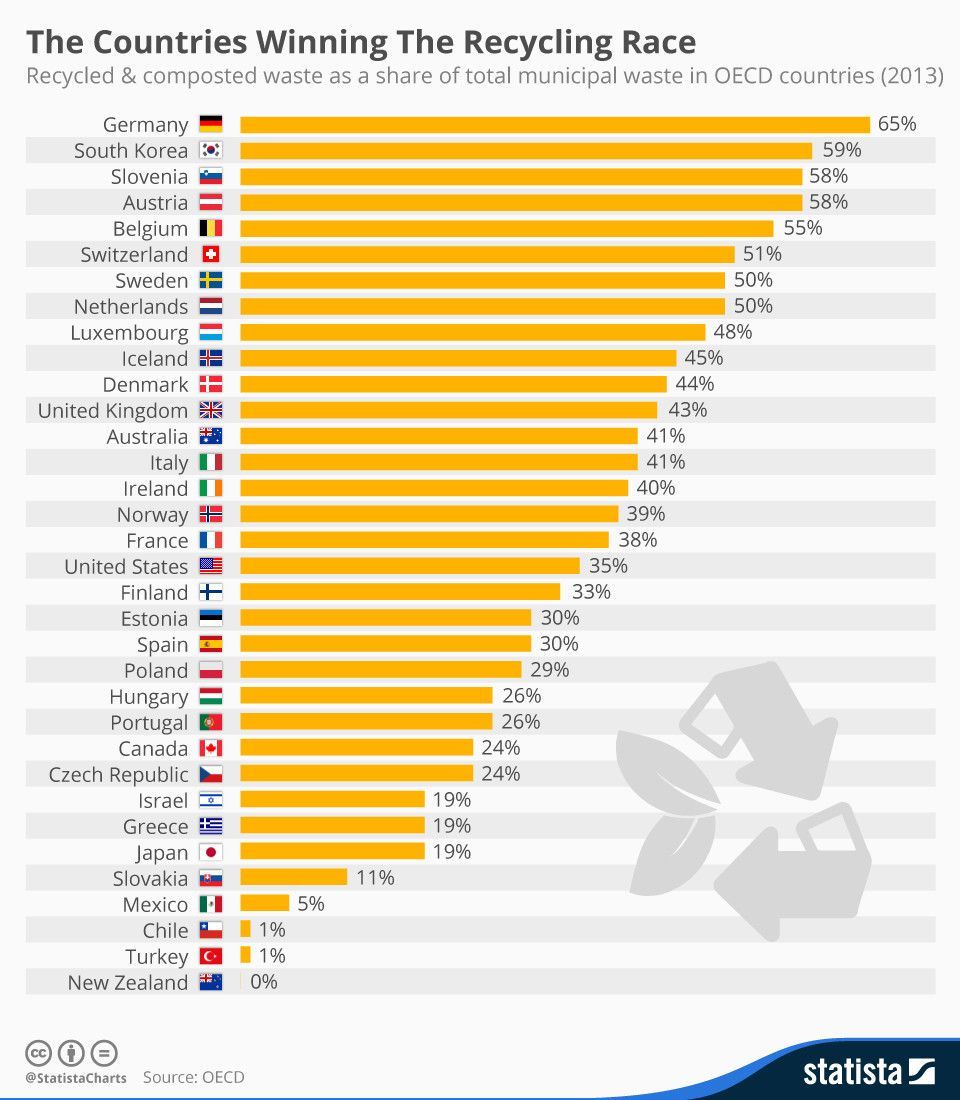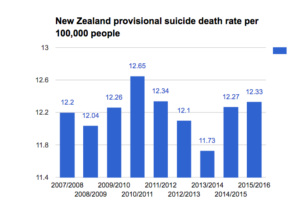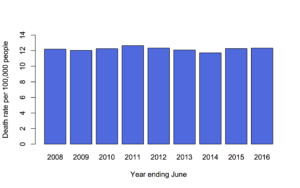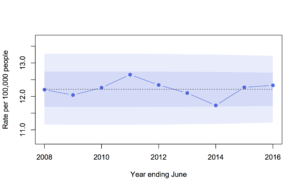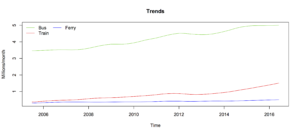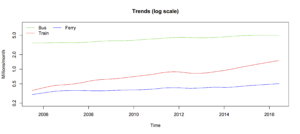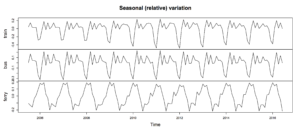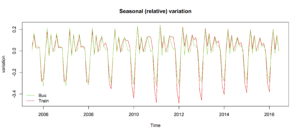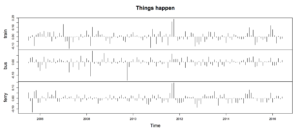How rich do you feel
From Scott Macleod, in a Stat of the Week nomination
The NZ Herald claims that a person earning the median NZ salary of USD $33,500 (equivalent) is the 55 millionth richest person in the world by income.
However, this must be wrong.
There are 300 million people in the USA alone, and their median income is higher than ours. This means that the average New Zealander wouldn’t even be the 55 millionth richest person in the USA, let alone the world.
Basically, yes, but it’s not quite as simple as that. That median NZ salary looks like what you get if you multiply the NZ median “weekly personal income from salary and wages among those receiving salary and wages” (eg here) by 52, which would be appropriate for people receiving salary or wage income 52 weeks per year. The median personal income for NZ will be quite a lot lower, and the median personal income for the US is also lower: about USD30,240.
Even so, there are about 250 million adults (by the definition used) in the US, and nearly half of them have higher personal income than USD33500, so that still comes to over 100 million people. And that’s without counting Germany or the UK — or cities such as Beijing and Shanghai that have more people with incomes that high than New Zealand does. And that’s also assuming the web page doesn’t do currency conversions — which it looks from the code as if it’s trying to.
The CARE calculator must indeed be wrong, or using an unusual definition of income, or something. Unfortunately, the code for how it does the calculation is hidden; they say “After calculating the distribution of income, we then use a statistical model to estimate your rank.”
As a cross-check, Pew Global also has a web page based on World Bank data. It doesn’t let you put in your own cutpoints, but it says 7% of the world’s population had more than $50/day to live on in 2011. The CARE web page thinks it’s more like 4.7% now. The agreement does seem to be better at lower incomes, too — the estimates will be more accurate for people who aren’t going to use the calculator than for people who are.
